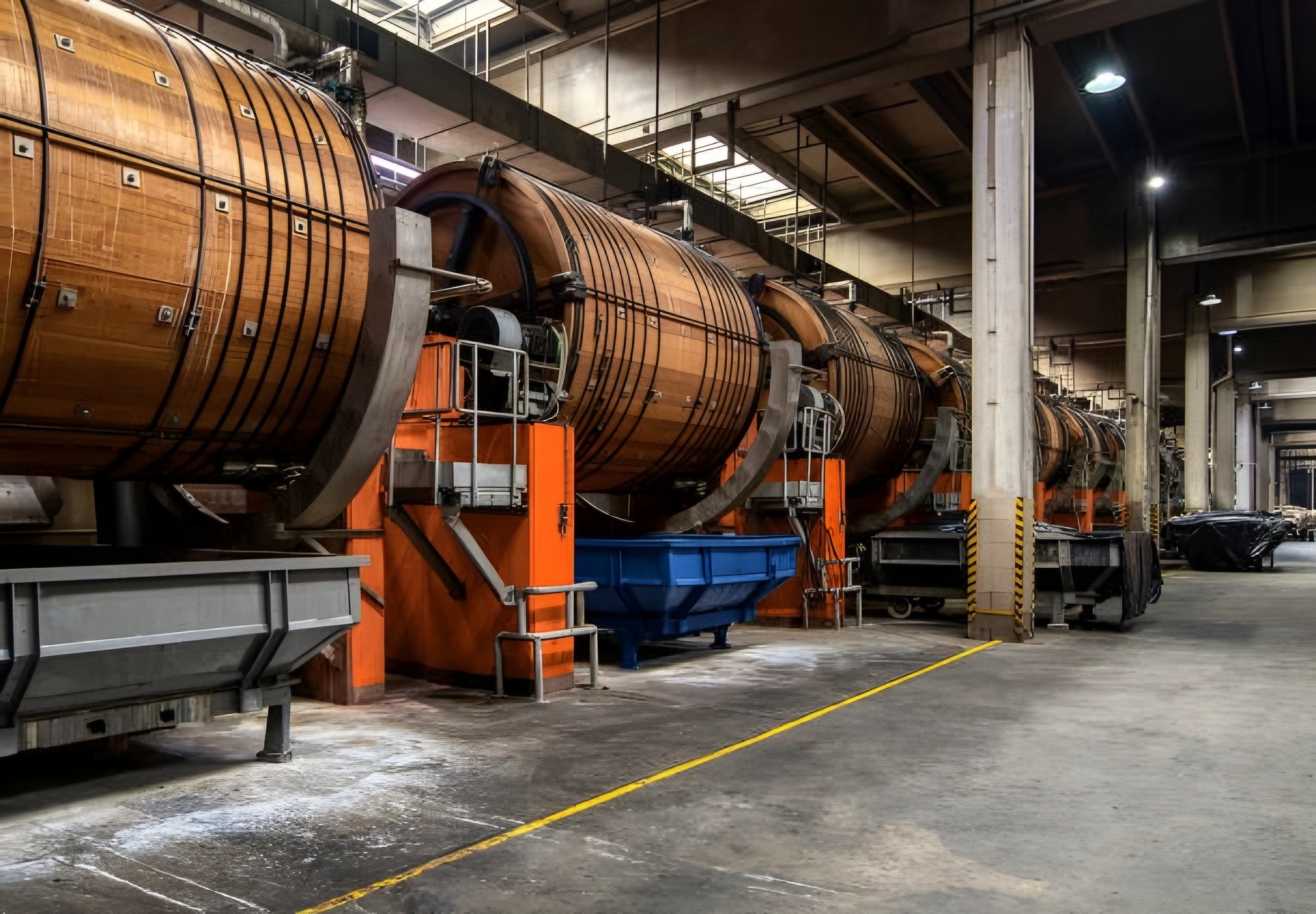
Products & Services
Overview of Effluent Issues in The Leather Industry
The leather industry, while economically significant, is one of the most polluting industries globally, especially when it comes to effluent (wastewater) discharge. The tanning process, which converts raw hides into leather, generates large volumes of toxic wastewater. Here's an overview of the major effluent-related issues in the leather industry:
- Types of Effluents
The wastewater from tanneries contains a mix of organic and inorganic pollutants, including:
-
- Chromium compounds (especially from chrome tanning)
- Sulphides
- Ammonia
- Chlorides and salts
- Organic matter (e.g., blood, fat, and protein)
- Tanning agents
- Dyes and finishing chemicals
- Suspended solids and biological oxygen demand (BOD)/chemical oxygen demand (COD) materials
- Environmental Impacts
-
- Water pollution: Untreated or partially treated effluents can contaminate local rivers and groundwater, harming aquatic life and making water unsafe for human use.
- Soil degradation: Discharge of effluents on land can lead to soil contamination and reduced agricultural productivity.
- Air pollution: Volatile compounds and gases like hydrogen sulfide released from effluent can lead to foul odors and air quality issues.
- Bioaccumulation: Heavy metals like chromium can accumulate in the food chain, posing long-term ecological and health risks.
- Health Hazards
Communities near tanneries are often exposed to:
-
- Skin and respiratory problems
- Gastrointestinal diseases due to contaminated water
- Long-term exposure risks such as cancer from heavy metals like hexavalent chromium
- Regulatory and Compliance Challenges
-
- Many tanneries, especially in developing countries, lack adequate effluent treatment facilities.
- Enforcement of environmental regulations is often weak or inconsistent.
- Small-scale tanneries may not afford individual treatment systems and rely on Common Effluent Treatment Plants (CETPs), which are not always efficient or well-maintained.
- Mitigation and Solutions
-
- Effluent Treatment Plants (ETPs): Designed to treat and neutralize harmful substances before discharge.
- Cleaner production techniques:
- Shift to vegetable tanning or enzymatic processes instead of chrome tanning.
- Recycling of water and chemicals within the process.
- Zero Liquid Discharge (ZLD) systems: Recover and reuse water, leaving no liquid waste.
- Regulatory frameworks and incentives: Encouraging pollution control through stricter laws and economic support for eco-friendly upgrades.
- Cluster-based approach: Smaller units can pool resources for centralized treatment facilities.
The Importance of Sustainable Effluent Solutions
The importance of sustainable effluent solutions in the tannery or leather industry in Bangladesh is both critical and urgent, considering the sector's environmental, economic, and social implications. Here's a detailed breakdown of why sustainable effluent management is so important:
- Environmental Protection
-
- High pollution levels: The tannery industry is one of the most polluting in Bangladesh, especially due to the use of harmful chemicals like chromium, sulfides, and acids.
- Water contamination: Untreated effluents released into rivers like the Buriganga have caused severe water pollution, killing aquatic life and harming biodiversity.
- Soil degradation: Toxic sludge and waste often seep into the soil, rendering agricultural land infertile and affecting food security.
- Public Health Concerns
-
- Communities near tannery clusters like Hazaribagh (now relocated to Savar) have suffered from waterborne diseases, skin conditions, and respiratory issues.
- Groundwater pollution affects drinking water supplies, causing long-term health hazards for both humans and animals.
- Economic Impact
-
- Export restrictions: International buyers (especially from Europe and North America) demand compliance with environmental standards. Non-compliance can lead to trade bans or loss of market access.
- Reputational damage: Poor environmental practices can damage Bangladesh’s image as a leather exporter, which contributes significantly to the country’s economy.
- Regulatory Compliance
-
- The Bangladesh government, under pressure from international bodies and local NGOs, has introduced stricter environmental regulations.
- Sustainable effluent treatment, especially through proper Effluent Treatment Plants (ETPs), is now mandatory for tannery operations in industrial zones like Savar Leather Industrial Park (SLIP).
- Sustainability & Circular Economy
-
- Treated wastewater can be reused for non-potable purposes, reducing freshwater demand.
- Sludge from ETPs, if properly handled, can be used in energy recovery or brick manufacturing—contributing to a circular economy.
- Encouraging eco-friendly tanning methods (like vegetable tanning) helps reduce chemical usage.
- Social Responsibility and Community Well-being
-
- Adopting sustainable practices helps build better relationships with local communities, reduces protests or resistance, and creates a more socially responsible industry.
- Workers in tanneries also benefit from safer working conditions when effluent systems are properly managed.
Sustainable effluent solutions aren't just optional—they're essential for the future of Bangladesh’s tannery and leather industry. Balancing industrial growth with environmental stewardship ensures long-term viability, access to global markets, and protection for communities and ecosystems.

Emerging Technologies in Effluent Treatment
The leather industry is known for generating highly polluting effluents due to the use of various chemicals in processes such as tanning, dyeing, and finishing. In recent years, several emerging technologies have been developed or adopted to improve effluent treatment efficiency, reduce environmental impact, and support sustainable leather production.
Here are some of the most promising emerging technologies in effluent treatment for the leather industry:
- Advanced Oxidation Processes (AOPs)
-
- Techniques: Ozonation, Fenton reaction, UV/H₂O₂, photocatalysis (e.g., TiO₂-based)
- Function: Generate highly reactive hydroxyl radicals that degrade complex organic pollutants, dyes, and pathogens.
- Pros: Effective for recalcitrant compounds, can reduce color and COD significantly.
- Cons: High energy demand and operating cost.
- Enzymatic Treatment
-
- Use of enzymes (like proteases, lipases) to break down organic matter.
- Can be used as a pretreatment to reduce BOD/COD before conventional biological treatment.
- Environmentally friendly and biodegradable.
- Electrochemical Treatment
-
- Includes electrocoagulation, electrooxidation, and electroflotation.
- Effective for treating heavy metals, dyes, and suspended solids.
- Can be used as a polishing step after primary treatment.
- Limitations: Energy-intensive; electrode materials can be expensive.
- Membrane Technologies
-
- Ultrafiltration (UF), Nanofiltration (NF), Reverse Osmosis (RO), and Membrane Bioreactors (MBR).
- Allow for water recycling and reuse in leather processes.
- MBRs combine biological treatment with membrane filtration for higher efficiency.
- Challenges: Membrane fouling and high maintenance costs.
- Zero Liquid Discharge (ZLD) Systems
-
- Integrates several treatment stages to recover and reuse all water from effluents, leaving no discharge.
- Combines evaporation, crystallization, and membrane systems.
- Highly effective but involves high capital and operational expenses.
- Bioelectrochemical Systems (BES)
-
- Includes Microbial Fuel Cells (MFCs) and Microbial Electrolysis Cells (MECs).
- Uses microbes to degrade pollutants and generate electricity or hydrogen gas.
- Still in early development for large-scale leather wastewater applications.
- Constructed Wetlands & Phytoremediation
-
- Use of plants and microbes to naturally treat wastewater.
- Suitable for low-cost, decentralized treatment options.
- Limited by land requirements and efficiency in high-load industrial effluents.
- Nanotechnology
-
- Use of nanomaterials like nano-iron, TiO₂ nanoparticles, or carbon nanotubes for adsorption, catalysis, and filtration.
- Promising for removal of dyes, heavy metals, and organic pollutants.
- Concerns: Long-term environmental impacts and material recovery/disposal.
- Green Chemistry Alternatives in Processing
-
- Reducing the need for harsh chemicals (e.g., chrome-free tanning, biodegradable degreasers).
- Minimizes the pollutant load entering effluent streams.
- A proactive approach rather than end-of-pipe treatment.
Case studies of successful implementations of ETP in the tannery or leather industry by Kingsley Group
Kingsley has a notable history of implementing Effluent Treatment Plants (ETPs) across various industries, including textiles, aluminum processing, and apparel manufacturing. Kingsley Group has successfully completed over 150 projects in Bangladesh across multiple sectors, including the tannery industry.

How to adopt sustainable ETP Practices in your Tannery
Adopting sustainable Effluent Treatment Plant (ETP) practices in a tannery is essential for reducing environmental impact, complying with regulations, and improving operational efficiency. Here's a comprehensive guide to doing this effectively:
- Assess Current ETP Performance
-
- Conduct a baseline audit: Analyze current water usage, effluent characteristics (COD, BOD, TSS, etc.), and energy consumption.
- Identify bottlenecks and inefficiencies in the treatment process.
- Optimize Water Usage and Segregation
-
- Minimize water use through water-efficient equipment and processes.
- Segregate wastewater streams based on pollutant load (e.g., chrome vs. non-chrome streams) for targeted treatment.
- Upgrade ETP Technology
-
- Introduce advanced primary treatments: Include coagulation-flocculation with eco-friendly chemicals.
- Adopt secondary biological treatments: Use aerobic/anaerobic processes (e.g., MBBR, SBR) to reduce organic loads.
- Tertiary treatment options: Sand filters, activated carbon, membrane filtration, or reverse osmosis for polishing effluent before discharge or reuse.
- Implement Water Recycling and Zero Liquid Discharge (ZLD)
-
- Reclaim treated water for reuse in non-critical processes (e.g., floor washing, gardening, pre-washing hides).
- ZLD systems: Use evaporation and crystallization to eliminate liquid discharge, especially in areas with strict norms.
- Use Eco-Friendly Chemicals
-
- Replace conventional toxic tanning chemicals with biodegradable and less hazardous alternatives.
- Work with chemical suppliers to assess the environmental footprint of your inputs.
- Energy-Efficient Operation
-
- Install energy-efficient motors, pumps, and blowers.
- Use renewable energy sources (like solar panels) to power part of the ETP.
- Automate controls to optimize operations and reduce energy wastage.
- Sludge Management
-
- Minimize sludge generation through process optimization.
- Safe disposal or reuse: Composting, co-processing in cement kilns, or using certified hazardous waste disposal services.
- Monitoring and Automation
-
- Install online monitoring systems for key parameters like pH, COD, TSS, flow, etc.
- Automate dosing and process controls to reduce human error and improve consistency.
- Staff Training and Capacity Building
-
- Train operators on best practices, safety, and troubleshooting.
- Regularly update skills in line with new technologies and regulations.
- Environmental Management and Certification
-
- Adopt EMS (Environmental Management System) based on ISO 14001.
- Pursue certifications like Leather Working Group (LWG), ZDHC, or SA8000 for sustainability benchmarking.
The implementation of Effluent Treatment Plants (ETPs) in the tannery and leather industry of Bangladesh is vital for sustainable industrial growth and environmental protection. Despite its significant contribution to the national economy, the leather sector has long been associated with severe environmental pollution due to the discharge of untreated wastewater containing harmful chemicals. The establishment of ETPs, particularly within the Savar Tannery Estate, marks a positive step toward addressing these environmental concerns.
However, challenges such as inadequate maintenance, lack of technical expertise, and inconsistent regulatory enforcement continue to hinder the full effectiveness of ETP operations. To ensure long-term sustainability, a collaborative effort among industry stakeholders, government bodies, and environmental agencies is essential. Strengthening environmental regulations, promoting cleaner production technologies, and increasing awareness among tannery owners can significantly improve the environmental performance of the industry. With proper implementation and monitoring, ETPs have the potential to transform Bangladesh’s leather sector into a more environmentally responsible and globally competitive industry.
Technology for a
Sustainable Future
Kingsley™ focuses on long term & sustainable future with a reliable technology.
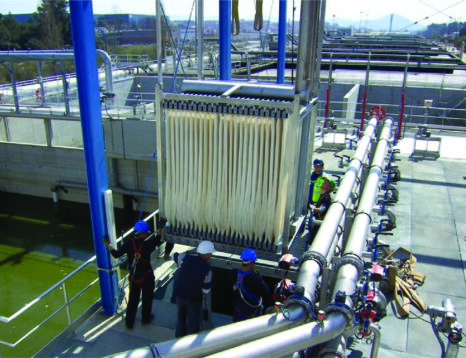
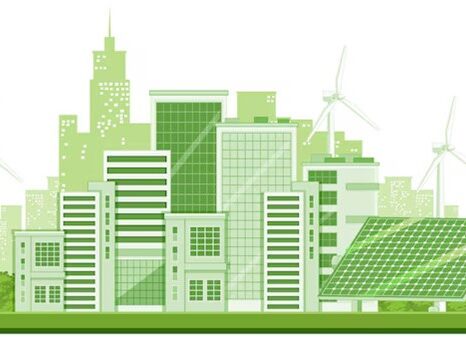







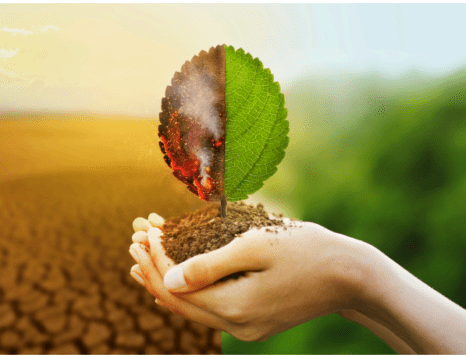
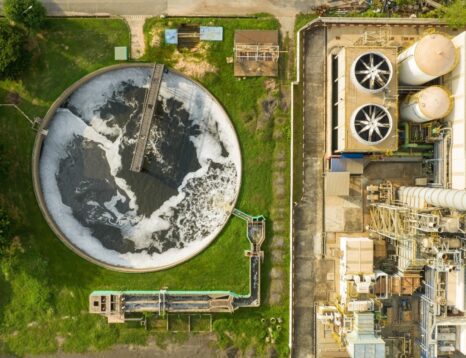


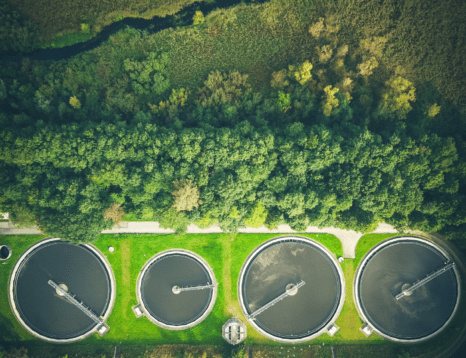
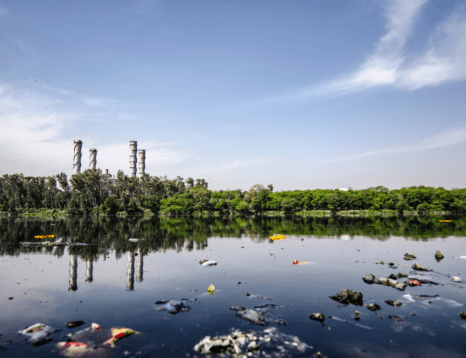
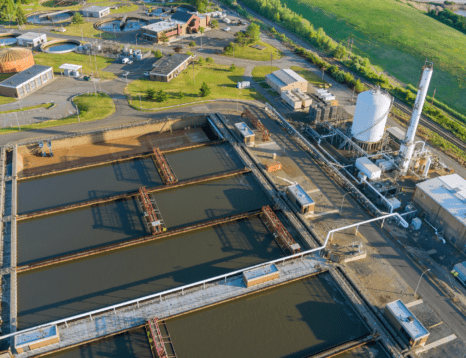
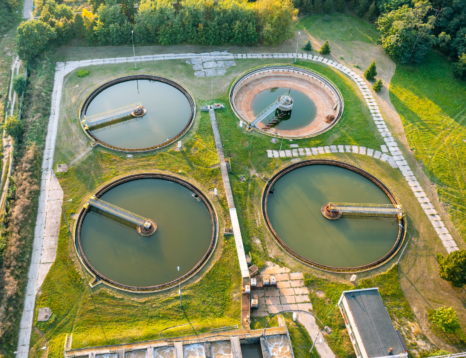
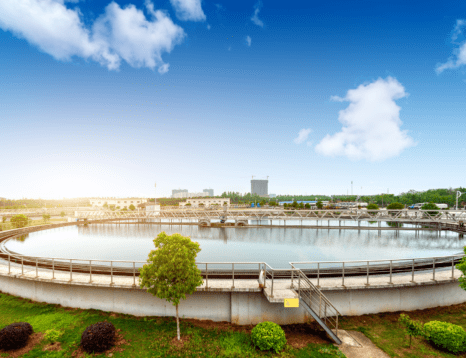
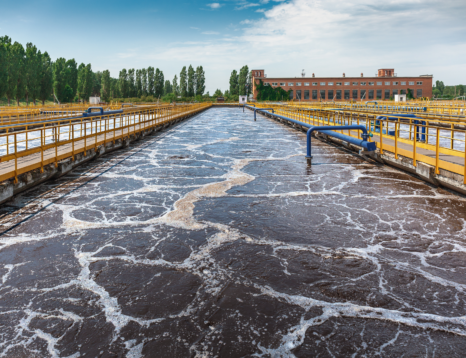
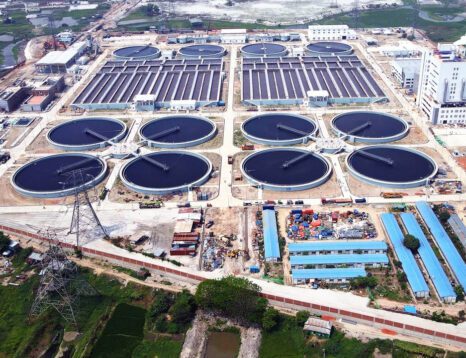
You must be logged in to post a comment.